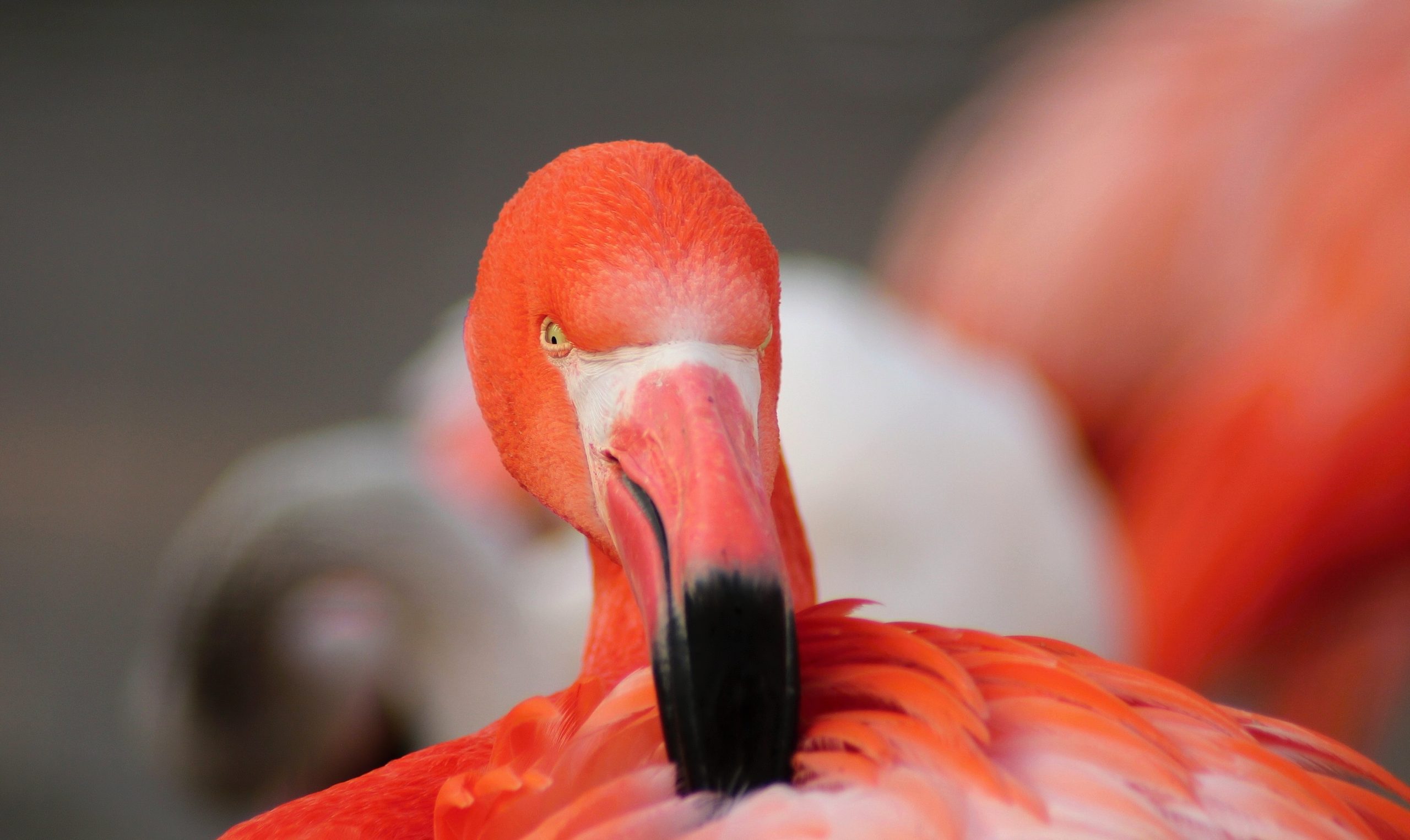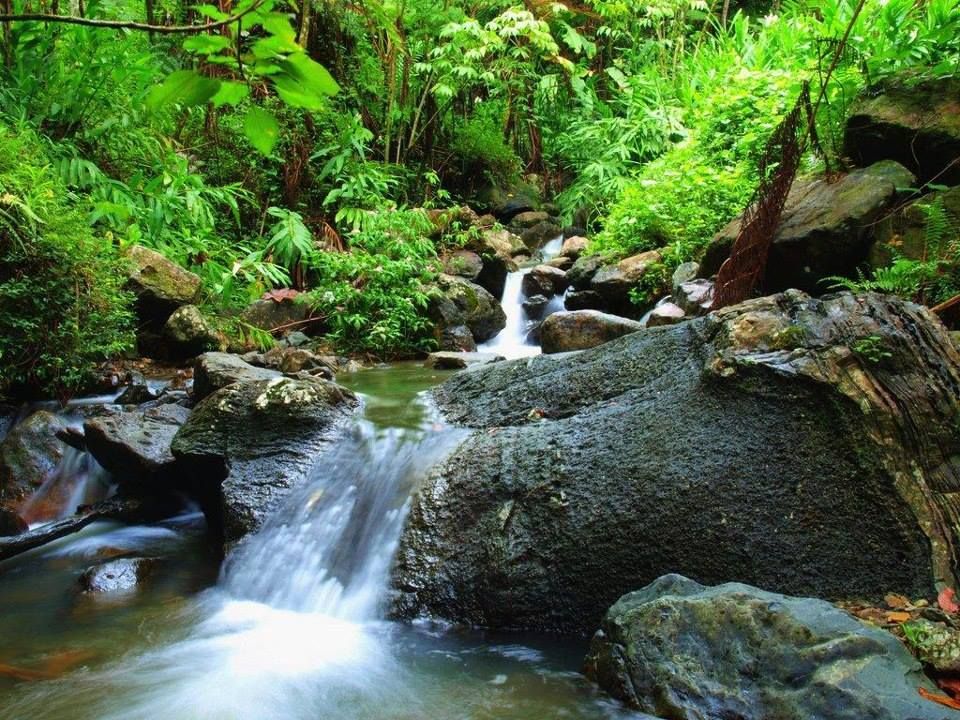You may refer to Cuba for the rum, cigar and salsa… However Cuba has so much more! With 6 UNESCO Biosphere reserves it is the perfect spot to enjoy and reconnect with nature…
Sierra del Rosario Biosphere Reserve
Located in the Pinar del Rio province and declared an UNESCO biosphere reserve in 1985. There are over 800 species of plants, various species of birds, many of them endemic, in this region. You can take a closer look at the beauty of this reserve from Soroa or Las Terrazas. We are in love with this area, as such it’s included in all our tours. 😍

Ciénaga de Zapata Biosphere Reserve
Located on the southern coast of Cuba at Matanzas province, it is one of the largest. It was also declared a Ramsar site in 2001. It certainly has plenty to see from its swamp, mangrove forest, unspoilt coral reefs, to over 175 species of birds, as the great flamingo (Phoenicopterus ruber), Zapata Wren, Zapata Rail, and the Zapata Sparrow. Due to the amazing birdlife it is one of the main stops of our birdwatching tour.
Cuchillas del Toa Biosphere Reserve
Declared an UNESCO biosphere reserve in 1987. The Cuchillas del Toa Biosphere Reserve, is situated at the Greater Antilles, in the eastern part of Cuba, and most of the reserve is located in the Alexander de Humboldt National Park, which is a Natural Heritage of Humanity. The karstic system of the great cave of Moa Head lands is one of the five natural monuments in the country and one of the great cave systems in eastern Cuba. And these are just a few things to mention. This reserve is filled with wonders awaiting discovery.

Baconao Biosphere Reserve
Declared an UNESCO biosphere reserve in 1987. The Baconao Biosphere Reserve is located in the Neotropics Province of greater Antilles, at the south-eastern region of Cuba, between Santiago de Cuba and the province of Guantanamo. A beautiful area with picturesque sceneries as its seaside with rocky and sandy habitats, mangroves and cave ecosystems in which we can meet with endemic species as bats (the Funnel Eared Batm, Bulldog Bat,the Pallid Bat and the Cuban Fruit Eating Bat), spiders and insects.
Penísula de Guanahacabibes
Declared an UNESCO biosphere reserve in 1987. The Penísula de Guanahacabibes is situated in the southwestern tip of Cuba. This reserve is one of the country’s largest natural reserves and is divided from the remains of the island by white-sand plains and over 100 lakes as well as the largest and purest fields of silica sand. The peninsula was one of the last refuges of indigenous escaping from the Spanish conquistadors and also holds some 140 archeological sites connected to the life of indigenous.

Buenavista Biosphere Reserve
The Buenavista Biosphere Reserve is located on the northern coast of Cuba, in parts of the Villa Clara, Sancti Spiritus and Diego de Avila provinces. The Buenavista Biosphere Reserve is two National Parks: Caguanes and Santa Maria Key, has eleven areas which protect the country’s abundance of flora and fauna and contain exceptional cultural and historical values as 35 archaeological sites and caves with rural art and wall paintings can be found here.
These biosphere reserves are absolutely beautiful! We ensure to take you to them along our ways, no matter which tour you choose! Check out our Guided Tours to select an itinerary for your next Cuban Discovery! – specialty tours cuba


